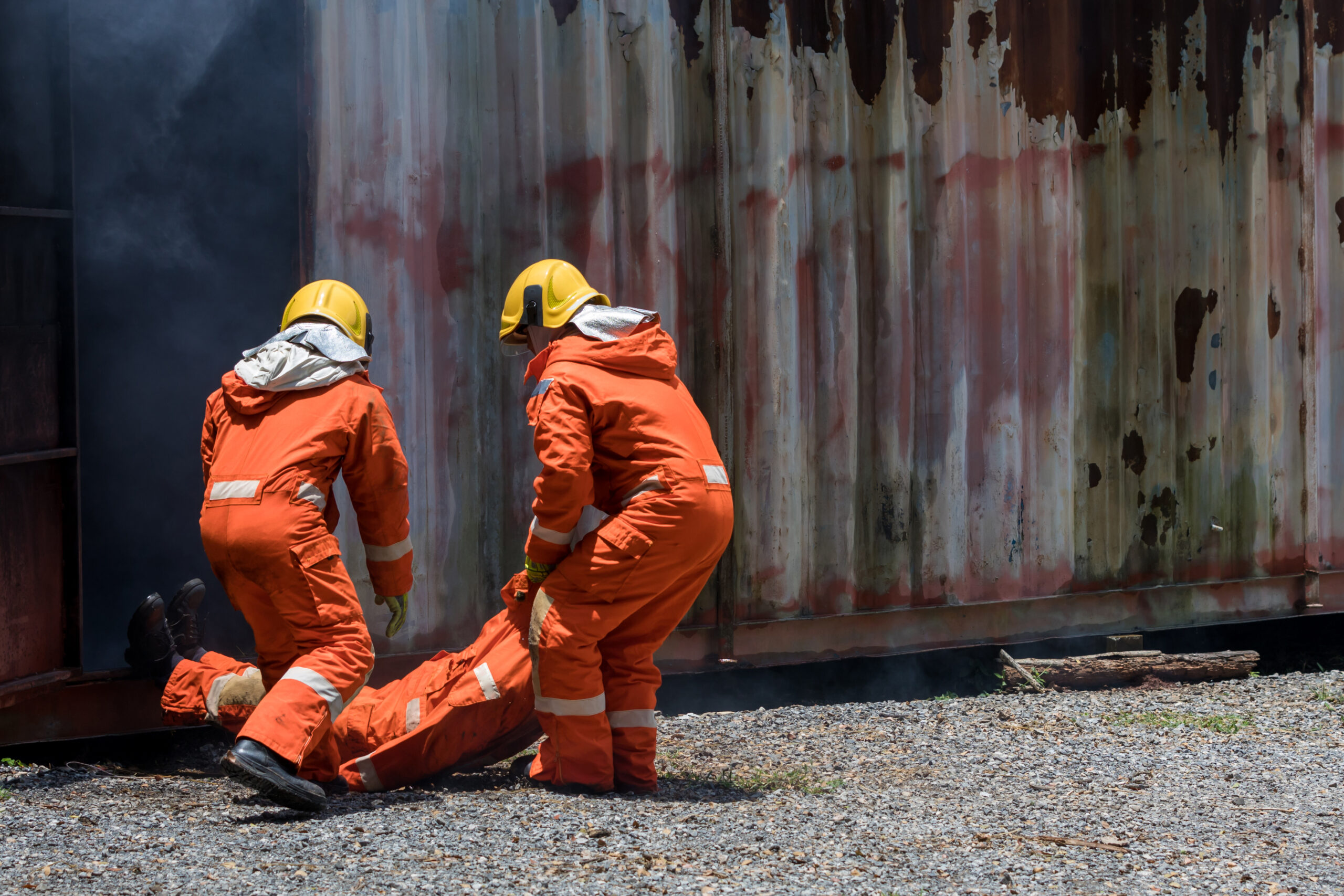Safeguarding Workers from Heat Stress: The Role of Training and State Regulations

As summer weather approaches, extreme heat has become a pressing occupational hazard, affecting both outdoor and indoor workers across the United States. Prolonged exposure to high temperatures can lead to serious health issues, including heat exhaustion, heat stroke, and even death. Recognizing these dangers, several states have implemented regulations to protect workers, and organizations like the National Association of Safety Professionals (NASP) are offering specialized training to mitigate heat-related risks.
The Growing Threat of Occupational Heat Stress

Heat stress occurs when the body cannot cool itself adequately, leading to a range of heat-related illnesses. Workers in sectors such as agriculture, construction, manufacturing, and food services are particularly vulnerable. Symptoms can range from mild heat cramps to severe conditions like heat stroke, which is a medical emergency.
The Occupational Safety and Health Administration (OSHA) notes that heat is a leading cause of weather-related deaths in the United States. Despite this, there is currently no federal standard specifically addressing occupational heat exposure, leaving a regulatory gap that some states have sought to fill.
State-Level Heat Protection Standards
In the absence of a federal standard, five states have enacted their own occupational heat safety regulations: California, Colorado, Minnesota, Oregon, and Washington.

- California: The state’s Division of Occupational Safety and Health (Cal/OSHA) has established comprehensive standards for both outdoor and indoor workplaces. For outdoor environments, employers must provide water, shade, and rest breaks when temperatures exceed 80°F, with additional measures required at 95°F. Indoor workplaces with temperatures exceeding 82°F must implement heat illness prevention plans, including access to cool-down areas and regular monitoring of employees for heat-related symptoms.
- Oregon: The state mandates that employers provide access to shade and cool water and implement acclimatization plans for new and returning workers during high-heat conditions.
- Washington: Employers are required to have written outdoor heat exposure safety programs, provide training, and ensure access to sufficient water and shade.
- Colorado: The state has specific rules for agricultural workers, including mandatory rest breaks and access to shade and water during high-heat periods.
- Minnesota: The state’s regulations focus on indoor heat exposure, requiring employers to maintain safe temperature levels and provide adequate ventilation.
These state-level initiatives serve as models for comprehensive heat illness prevention, emphasizing the importance of proactive measures in safeguarding worker health.
NASP’s Heat Injury and Illness Prevention Specialist (HIIPS) Course

To support employers and safety professionals in addressing heat-related risks, the National Association of Safety Professionals (NASP) now offers the Heat Injury and Illness Prevention Specialist (HIIPS) course, which is available for enrollment now for only $195.
This comprehensive course is designed to equip participants with the knowledge and tools necessary to implement effective heat illness prevention programs in both indoor and outdoor work environments.
Upon completion, participants will have the skills to proactively manage heat hazards, stay compliant with regulatory requirements, and create a safer workplace for all employees.
The Imperative for Proactive Measures

As global temperatures continue to rise, the frequency and severity of heat-related illnesses in the workplace are expected to increase. Employers have both a legal and ethical responsibility to protect their workers from these risks. Implementing comprehensive heat illness prevention programs, staying informed about state and federal regulations, and investing in specialized training like NASP’s HIIPS course are critical steps in fulfilling this duty.
For more information on the IACET-accredited HIIPS course (0.4 CEUs) and other safety training programs, visit naspweb.com.
Blog Posts
Latest Posts
Related Posts





